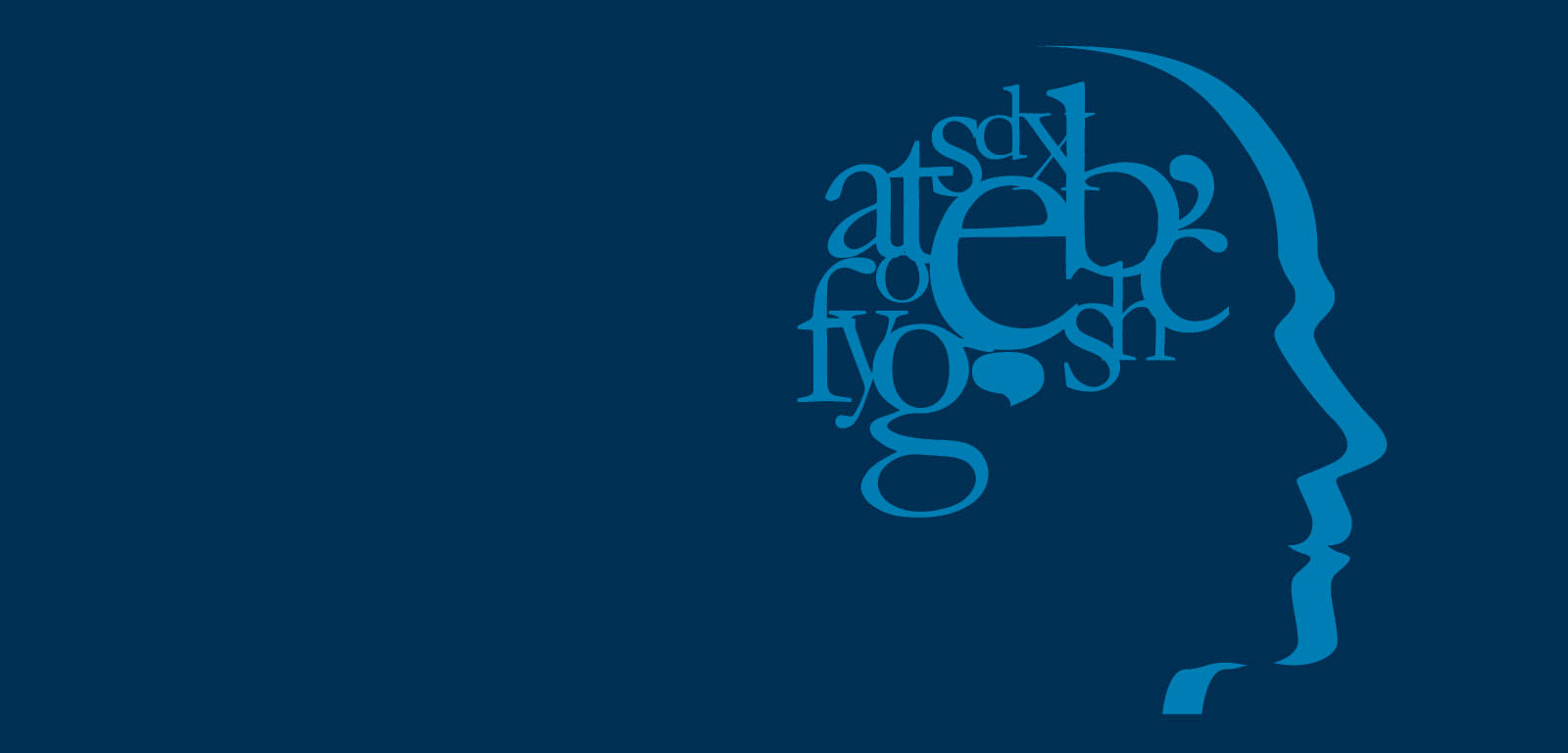Subject
Quantitative methods
General details of the subject
- Mode
- Face-to-face degree course
- Language
- English
Teaching staff
| Name | Institution | Category | Doctor | Teaching profile | Area | |
|---|---|---|---|---|---|---|
| DAVIDSON , DOUGLAS JEREMEY | BCBL- Basque Center on Cognition, Brain and Language | Otros | Doctor | d.davidson@bcbl.eu | ||
| SAMUEL , ARTHUR | Ikerbasque Fundazioa/Fundación Ikerbasque | Otros | Doctor | a.samuel@bcbl.eu |
Competencies
| Name | Weight |
|---|---|
| CE1. Working with descriptive data: summarising, classifying, graphic representation and oral presentation. | 15.0 % |
| CE2. Using statistical data analysis programmes (Excel, Statistica, R, Matlab etc.). | 15.0 % |
| CE3. Using data acquisition programmes | 15.0 % |
| CE1. Advanced knowledge of experimental design and data anaysis. | 15.0 % |
| CE2. Techniques for controlling and manipulating variables. | 10.0 % |
| CE3. Evaluating and interpreting new developments in data anlaysis. | 10.0 % |
| CE4. Applying theory to specific experimental design. | 10.0 % |
| CE5. Formulating hypotheses and designing experiments | 10.0 % |
Study types
| Type | Face-to-face hours | Non face-to-face hours | Total hours |
|---|---|---|---|
| Lecture-based | 20 | 20 | 40 |
| Applied classroom-based groups | 20 | 20 | 40 |
| Applied computer-based groups | 20 | 50 | 70 |
Assessment systems
| Name | Minimum weighting | Maximum weighting |
|---|---|---|
| Practical tasks | 50.0 % | 50.0 % |
| Presentations | 50.0 % | 50.0 % |
Temary
The Quantitative Methods course is divided in three sections.In the first section, you will get acquainted with the types of variables and data distributions that we use and observe in research related to the cognitive neuroscience of language. Core concepts of central tendency and measures of dispersion will be discussed and you will learn how to determine or calculate those. We will cover basic null-hypotheses testing (with, for example, t-tests and the chi-square test) and how to draw the appropriate conclusions from those tests. The relationship between variables is also covered, and you will learn to interpret output tables generated by statistical software.
The second section focuses on analysis of variance (ANOVA), the mostly commonly used statistical technique in much of the field. We will cover single-factor and two-factor designs, and the necessary follow-up tests for each of these. A single-factor ANOVA is essentially an expanded version of a t-test, with the expansion allowing you to run experiments that compare more than two groups. The two-factor ANOVA expands on the single-factor case, allowing you to look at the effects of two independent variables simultaneously. The follow-up tests allow you to pinpoint exactly where any observed effects in an ANOVA are coming from. We will see how each of these statistical tests is built to do what it is designed to do, and we will cover the assumptions that one makes when using these tests.
The third section of the course focuses on regression, another popular analytical method from the same family of tests as those covered in the first and second sections of the course, which is particularly well-suited for analyzing independent and dependent measures that fall across a continuum. Topics will include an overview of regression and its relation to other statistical tests, estimating regression coefficients, identifying and addressing violations of regression assumptions, and hypothesis testing.
Collectively, these three sections will provide a solid foundation for completing standard statistical analyses and prepare you for future learning about related analytical techniques.
Bibliography
Compulsory materials
There is no textbook for this class, a list of readings selected from scholarly articles and book chapters will be provided at the beginning of the course.Basic bibliography
Matlab for Neuroscientists by Wallisch et al. (selected chapters)Linear Models with R by Julian Faraway (selected chapters)


